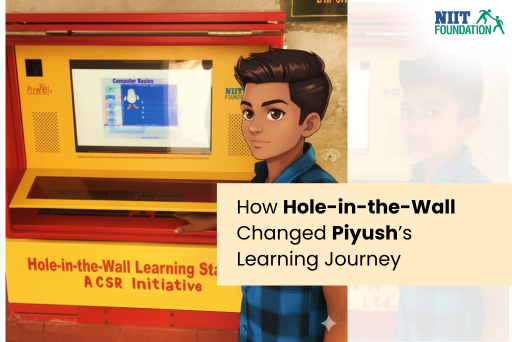The art of thinking for the future to ensure that you can envision potential, make provisions for probable challenges and solutions to address these challenges can be termed as strategic thinking. As a Forbes article shares, “Strategic thinking involves thinking about larger, macro issues, in contrast to the microfocus that many tend to take.” In the business world, the value of strategic thinking is extremely high and in demand. CEOs and Senior Leaders can steer their organizations towards success if they are able to imagine the future and develop a roadmap that considers multiple scenarios, including the best-case situation.
Some individuals are naturally inclined to consider various stakeholders’ perspectives to include in the master plan while most acquire the skills through experience and guidance. As we begin understanding this vital skill, especially for leaders of organizations, there are a few things you can do to begin thinking in a strategic manner and improve your chances of climbing higher in managerial positions.
Here are top 7 things you need to keep in mind as you begin your path to think for the future:
- 1.Assessing Current Scenario: In a rapidly changing world, it is imperative that managers and leaders assess the current scenario to determine whether the current plans are working and are having a positive impact on the business to help expand and grow. Leaders also assess the present-day customer trends to foresee the changing customer preferences.
- 2.Envisioning Future Possibilities: Innovation in every business solution is demanded by customers. Gone are the days when businesses could rest after having developed a solution to customer problems. Today’s leaders must constantly innovate and envision future probabilities and possibilities to make sure the organization does not become irrelevant.
- 3.Creative Solutions: As outlined above, creative solutions are needed for the future – be it for customers or for employees. Multiple training sessions are now conducted to help managers, supervisors, and leaders to think out of the box and develop solutions that are innovative and creative to solve HR related issues, customer problems as well as organizational strategic challenges.
- 4.Defining Potential Problems: A good leader should be able to identify probable problems and be ready to provide solutions to these problems. Play devil’s advocate and keep thinking of potential issues that may crop up while developing plans and strategies. This step becomes crucial to help organizational leaders be prepared for potential issues and challenges that may crop up in the future.
- 5.Identifying the Least Opposable Solutions:With change comes opposition internally as well as externally. It thus becomes important to determine which solutions would attract the least opposition to ensure smooth transition to the new plans and strategies. A solution may have an excellent outcome, but if it would attract opposition, it is imperative that management thinks of a less problematic solution for ease of implementation which would give them a higher rate of success. As shared in this blog by Dalar International’s Rachel Bolton, “The reality is that change is happening all the time. Every decision each of us makes in our work has consequences. Some intended and some unintended. Some foreseen and some unforeseen. Some that lead to positive change and some that cause challenge.”
- 6.Understanding that change comes with resistance: Strategy is a commodity. Execution is an art’ ~ Peter Drucker. An often-overlooked aspect of planning for the future is that any change comes with resistance, and this must be factored in before trying to develop and implement new strategies. Ample time must be considered to help all stakeholders become comfortable with change and to demonstrate how the new strategies will ultimately be beneficial to all those involved.
- 7.Constant Learning: Strategic Planning is an immensely deep subject and is multi-faceted. As recently observed, during the pandemic, organizations had to adapt very quickly to a brand-new environment. Those who were unable to do so had to face losses and many went out of business. It may be worthwhile to invest in a formal learning and training program to equip managers and leaders with vital information, skills, and tools to help them implement strategic planning swiftly in the organization.
NIIT Foundation recognizes the importance of strategic planning for organizations to meet their goals. We have also witnessed the power of strategic planning to make a deep impact on the underserved using the Genuine Contact Methodology developed by Dalar International. In our quest to constantly innovate and evolve learning for all to ultimately benefit society, NIIT Foundation is pleased to host the Summer Academy 2023 along with Dalar International. The workshop is designed to help ease some of the commonly faced challenges during strategic planning and intends to help organizations develop a strategy focused organization, including a strategy-focused culture.
Learn more about the NIIT Foundation Summer Academy 2023 here.
















